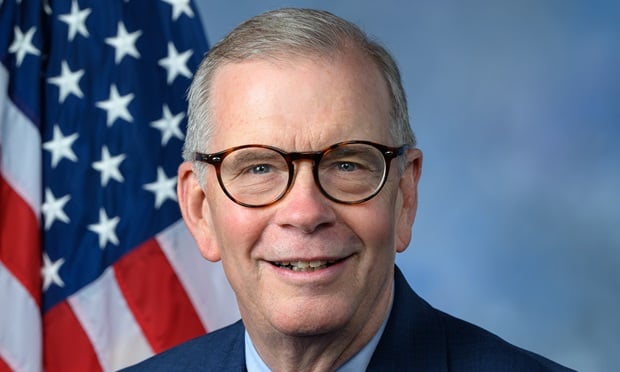As if the sheer human cost isn’t enough, the financial cost of the opioid epidemic cost the economy $95 billion in 2016. According to a new analysis from Altarum, $21.4 billion of that total was spent on treating patients who suffer from opioid abuse.
Quantifying the economic impact of the crisis, which in 2016 alone contributed to 53,054 overdose deaths, can sometimes hit harder and perhaps spur resolve among those who are a bit farther removed from the epidemic, as pointed out by Corey Rhyan, lead author of the report and senior analyst at Altarum, in a Modern Healthcare report.
Rhyan is quoted saying, “Putting a dollar value on [the epidemic] can be an impetus for more action.”
Recommended For You
Complete your profile to continue reading and get FREE access to BenefitsPRO, part of your ALM digital membership.
Your access to unlimited BenefitsPRO content isn’t changing.
Once you are an ALM digital member, you’ll receive:
- Breaking benefits news and analysis, on-site and via our newsletters and custom alerts
- Educational webcasts, white papers, and ebooks from industry thought leaders
- Critical converage of the property casualty insurance and financial advisory markets on our other ALM sites, PropertyCasualty360 and ThinkAdvisor
Already have an account? Sign In Now
© 2025 ALM Global, LLC, All Rights Reserved. Request academic re-use from www.copyright.com. All other uses, submit a request to [email protected]. For more information visit Asset & Logo Licensing.








